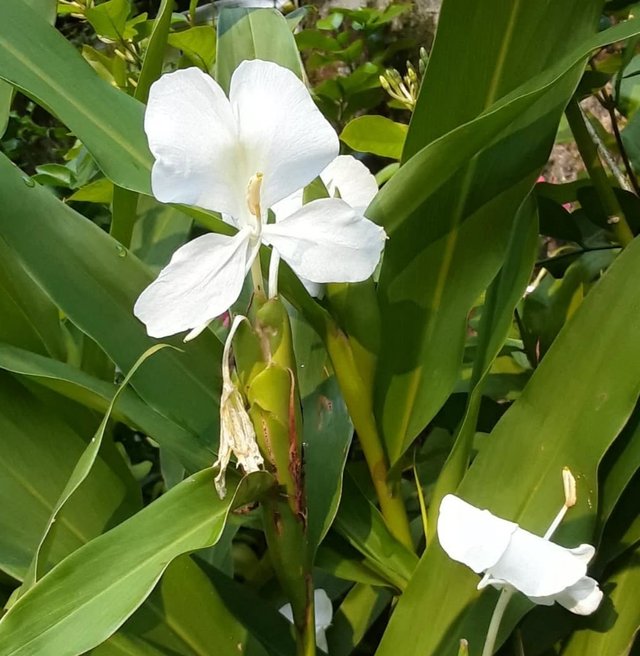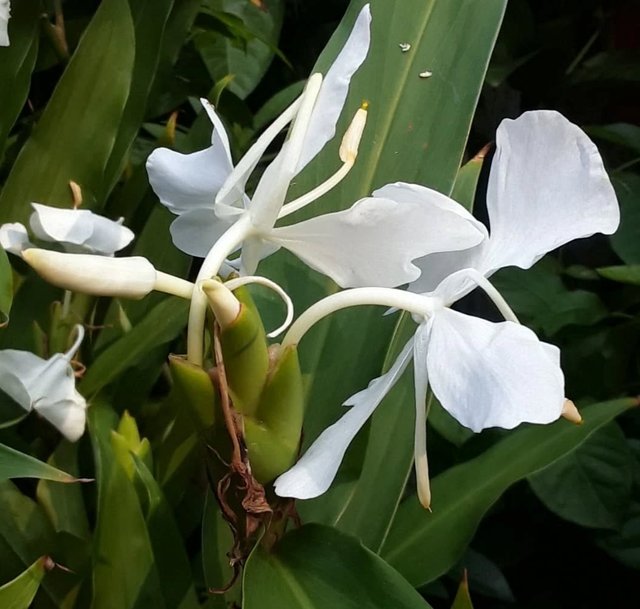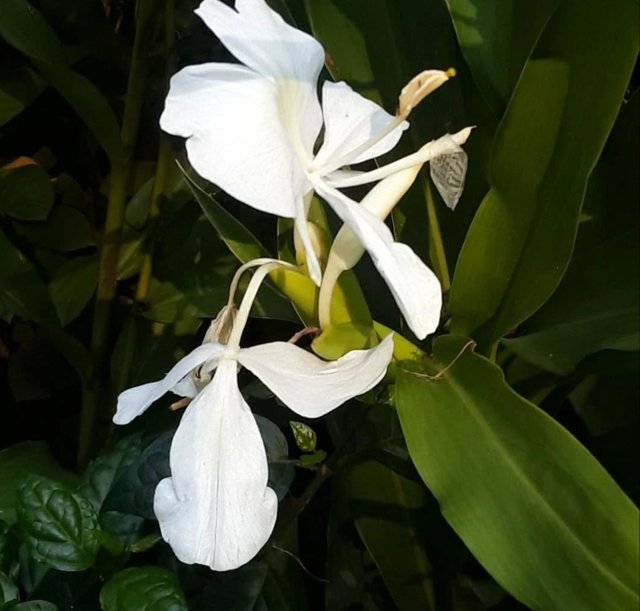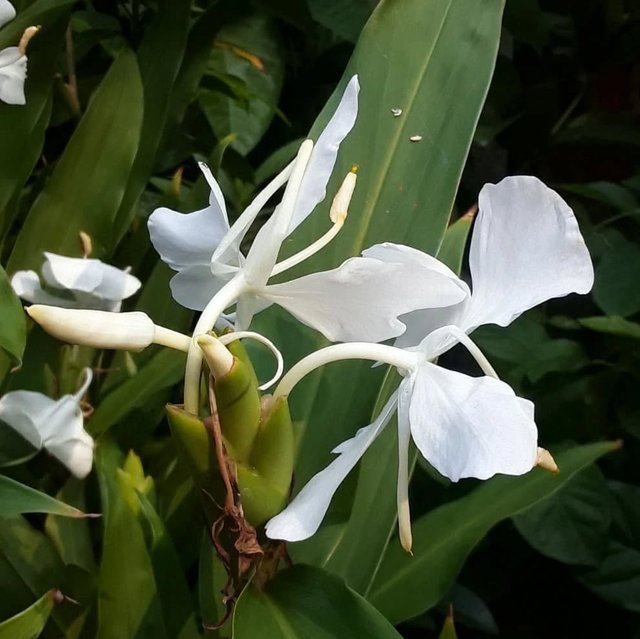So Beautiful Hedychium Coronarium Flower
Hedychium coronarium: The Graceful Butterfly Lily of the Tropics
In the lush, verdant corners of tropical and subtropical landscapes thrives a plant as elegant as it is fragrant: Hedychium coronarium, commonly known as the white ginger lily or butterfly lily. With its ethereal white blooms, delicate perfume, and lush foliage, this plant is a botanical gem cherished for both its ornamental and cultural significance. Native to the Himalayan region of India and Nepal, Hedychium coronarium has spread far beyond its origins, naturalizing in regions across Asia, Africa, and the Americas.
Botanical Overview
Belonging to the Zingiberaceae family, Hedychium coronarium is a rhizomatous perennial plant that typically reaches a height of 1.5 to 2.5 meters. It features lance-shaped, dark green leaves that grow in an alternate arrangement along its tall, reed-like stems. But it is the flower — pure white, butterfly-like, and often lightly tinged with pale yellow — that captures the admiration of gardeners and plant lovers alike.
The flowers appear in clusters at the tops of stems, with each bloom lasting only a day or two, but new flowers emerge in succession, allowing for a long blooming period from late summer through autumn in most climates. The fragrance is one of the plant’s most enchanting qualities — sweet, exotic, and reminiscent of gardenias or jasmine.
Habitat and Cultivation
In the wild, Hedychium coronarium thrives in moist, partially shaded areas, often near riverbanks or in forest clearings. It prefers rich, loamy soil with good drainage but can adapt to a variety of soil types as long as it receives consistent moisture.
For gardeners, this plant is an excellent choice for tropical-themed gardens or for adding a touch of exotic luxury to perennial borders. It performs best in USDA zones 8 through 11, where it can be grown outdoors year-round. In cooler climates, it can be grown as a container plant and overwintered indoors. Propagation is typically done by dividing the rhizomes in spring or early summer.
Ecological and Environmental Role
Interestingly, Hedychium coronarium has become naturalized — and even invasive — in several parts of the world, including Hawaii, Brazil, and some southern states in the U.S. Its aggressive growth habit and ability to form dense thickets make it a potential threat to native plant communities in some environments. In these areas, its spread is carefully monitored, and it is sometimes targeted for removal from sensitive ecosystems.




%20(9).jpeg)
Nature always finds a way to surprise us!